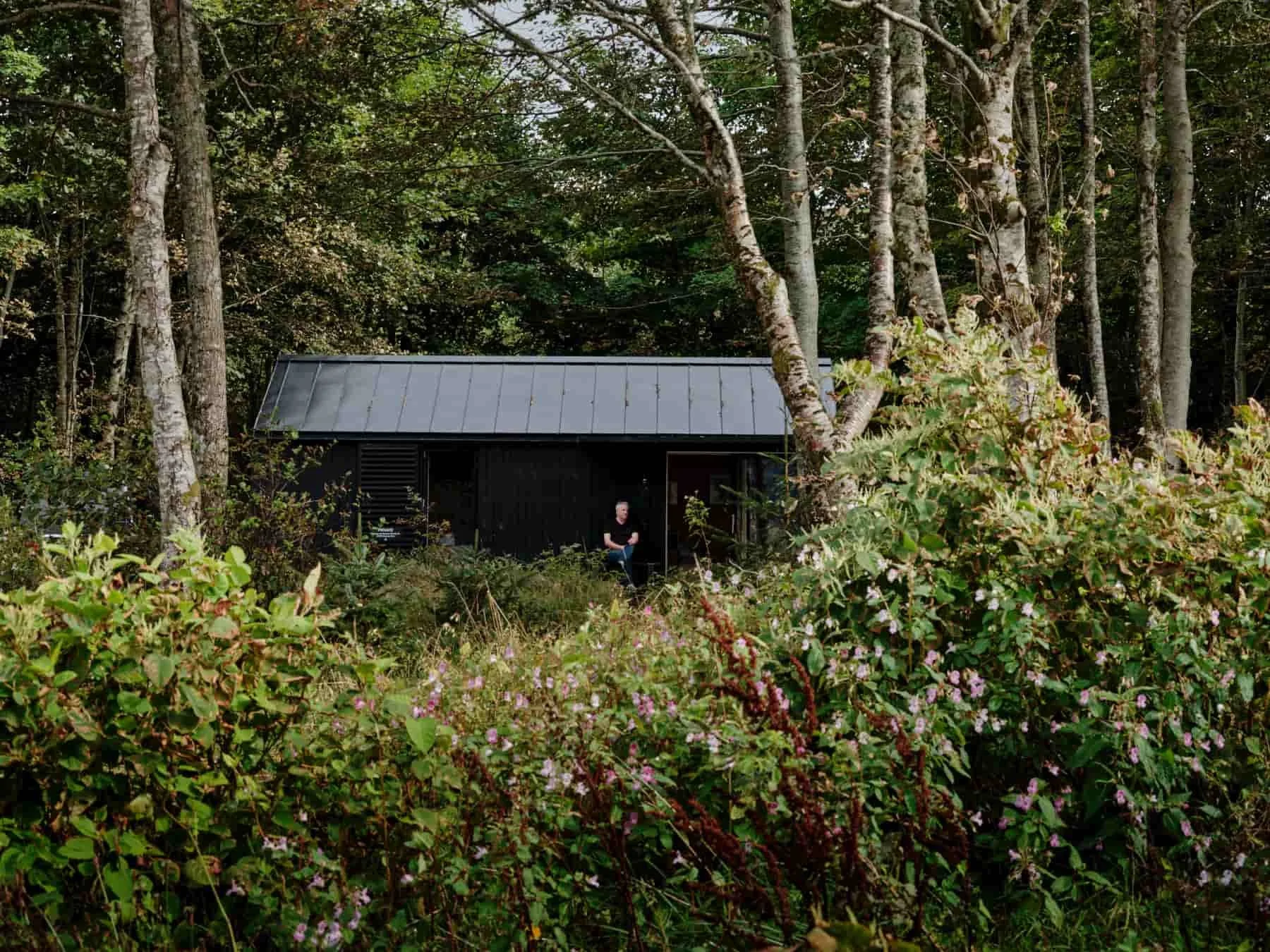My Side of the Island: Staying Off-grid on a Scottish Island
FIVE DAYS at Cragaig Bothy on the remote South Side of Ulva
Last week, I opened my front door to find a couple of surprised rams sitting outside—thinking they had the place to themselves. Out in the bay, a skein of honking geese took to the air over three seals basking on a tiny island in the first light of morning.
As the first visitor to stay at Cragaig Bothy on the Island of Ulva this year, I was news to the wild congregation of animals who had inhabited this rugged stretch of Scottish coastline over the winter.
During a week of unseasonably warm weather, I had the entire south side of the island to myself, except for a couple of hikers, who I invited in for tea.
I ate breakfast while watching White–tailed Sea Eagles hunt, read by the light of a candelabra in the evening, and gazed at dark skies from the hammock in the attic at night.
I felt like Sam Gribley in the children's book My Side of the Mountain—I just needed to befriend an eagle, and my escape from the grown-up world would be complete.
To help transport my food, I bought a lightweight festival trolley, which I struggled to drag along the muddy and rutted track (Ulva has no paved roads).
I must have looked more like a medieval peasant than a modern sojourner in nature.
I shouldered my Lidl bag and stashed the trolley behind a rock to collect on the way back.
Of course, these wild escapes come at a price: a two-hour hike carrying a week's worth of food and supplies over the hill from the ferry quay.
To help transport my food, I bought a lightweight festival trolley, which I struggled to drag along the muddy and rutted track (Ulva has no paved roads).
I must have looked more like a medieval peasant than a modern sojourner in nature.
I shouldered my Lidl bag and stashed the trolley behind a rock to collect on the way back.
At the Bothy, I lived without electricity, boiled all my water to make it safe to drink, and mastered the eccentricities of the wood burner to keep warm at night.
Of course, stripping back the luxuries of life is entirely the point of an escape like this. It provides perspective on modern life and leaves us open to receive what the writer Thoreau describes as ‘the tonic of wildness’.
While I’ve trekked in deserts or mountains to get my fix of wildness, a retreat is different—once you have arrived, there is no physical effort required, only the invitation to drop familiar habits and urgencies to experience the stillness and silence of nature.
As the days of silence mounted and distractions faded, I tuned in to the wildness around me and let peace, stillness, and mystery in.
Walden,Thoreau’s book about living a simple life in a cabin in the woods, is still relevant to anyone taking a retreat in nature today.
I wonder what Thoreau would make of the digital noise and AI slop that we are subjected to today?
I would wager he might write ‘Let us live deliberately in nature, lest we fritter our time doom scrolling on illuminated screens’.
On Ulva, the daily scroll was replaced by the daily seal watch, and news updates were where the resident flock of Sheep had wandered off to that day.
I came away from the island with a profound sense of peace.
How to get to CRAGAIG BOTHY
I stayed at Cragaig Bothy, on the south side of Ulva, a small island off the coast of Mull.
The 4 mile walk to the bothy begins from the ferry jetty on Ulva, and is located on the route to the Ormaig.
See the route on walkhighlands.co.uk
56°28'15.3"N 6°13'03.5"W (opens in Google Maps)
How to get to the Isle of Ulva
Drive approximately 45 minutes from Craignure on Mull to Ulva Ferry. As no cars are allowed on Ulva, leave your vehicle at the visitors car park. Ulva is a 3 minute ferry crossing from Mull, operating on demand from 9.00am to 5.00 pm, April 1st through October 31st. Note that there are no sailings on Saturdays, and Sunday service runs only from June to August.
See my guide to the Isle of Ulva here.
GETTING TO THE ISLE MULL FROM OBAN
From Oban, on the Scottish mainland, take the car and passenger ferry to Craignure on Mull.
Book your crossing at CalMac Ferries.
RELATED POSTS






